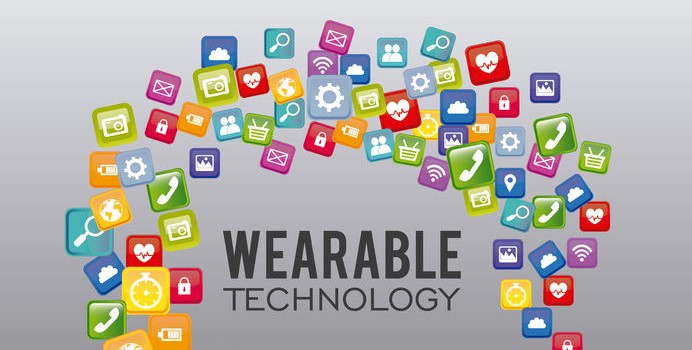Beam me up, Scotty… I’ve seen it all now!
By Pam McDonald and Emma DeRock
How do you think your caregiving staff would respond if, when helping Mrs. Smith dress, all they had to do was slip her arms into a blouse, drape it over her shoulders and then let the blouse take over — straightening any wrinkles, pulling down the sleeves, and fastening itself?
It’s not magic and it’s not fantasy or science fiction. It is wearable technology being developed by Dr. Helen Koo, who revealed the self-dressing blouse at Health 2.0, a symposium held last month at the Hacker Lab in midtown Sacramento. As Dr. Koo explained, the fabric utilizes corrugated origami patterns and small electrodes to accomplish the movement.
Health 2.0
Health 2.0 started as a conference series in California’s Silicon Valley with a mission to cultivate and propel health technology – especially mobile, wireless and Internet. It has expanded across the globe along with local grassroots chapters, including Health 2.0 Sacramento. Through the conference and at local meet-ups, innovators, entrepreneurs and technology enthusiasts gather to share their latest projects and discuss specific technologies.
At these conferences, products are demonstrated live, company launches are announced, and speakers discuss cutting-edge developments while participants provide, often expert, feedback. The annual conference uses the latest communications technologies to increase participation through remote attendance webcasts as well as post-event video coverage made available through an online portal or flash drives.
Dr. Koo is an assistant professor of Design at the University of California, Davis, and a TEDx speaker. She received her Bachelor and Master of Science degrees in clothing and textiles from Yonsei University, one of South Korea’s three SKY universities, considered the country’s best. She earned her doctorate in Design-Apparel Studies at the University of Minnesota, Minneapolis.
Her academic and professional focus is on wearable technology that provides personalized services to the user. She exhibits her designs nationally and internationally and her health care smart clothing has won “the best exhibition in the wearable computing design” award at the IEEE-International Symposium of Wearable Computers.
Her recent work focuses on adding sensors to clothing to detect the wearer’s exhalation and monitor glucose levels to provide constant feedback to diabetes sufferers. She noted that her goals include “developing sustainable clothing design techniques and connecting fashion designs with new technologies for advanced aesthetic and functional values.”
Well-Rounded Wearable Technology
In March of this year Dr. Koo outlined in Comstock’s magazine six areas she considers key for well-rounded wearable technology products:
-
Durability: Electronics designed to last and components that are easily fixed
-
Ease of Care: fabrics that consumers can wash, dry and iron; non-washable electronic devices should be removable
-
Safety: Any potential safety hazards should be promoted and well explained
-
Ease of Use: functions that are simple with basic interfaces
-
Comfort: lightweight and flexible
-
Sustainability: reduce harmful social, economic and environmental overconsumption impacts (which may also grant a market edge)
Warren Smith, Ph.D., joined Dr. Koo as a presenter at the Sacramento symposium. He is a biomedical engineer in the Department of Electrical and Electronic Engineering at California State University Sacramento, where he’s been developing wearable health care technologies for over 15 years. Among his current work are applications to assess physical and mental stress of surgeons and nurses while they work, activity and fall monitoring of children, and mobility and memory aids.
The final presenter was Arshya Vahabzadeh, M.D., the Innovation Officer at Harvard Medical School, Massachusets General Hospital Psychiatry Adademy, who discussed how wearable technology is being applied in the field of mental health. In addition to his work at Harvard, Dr. Vahabzadeh is the Vice President of Health Strategy and Communication for Brain Power, a company that builds neuroscience-based software and hardware. The firm is currently working to transform wearable computers into neuro-assistive and educational devices for autism. His work has received over 20 national and international awards.
To learn about leading market intelligence, developer competitions, upcoming conferences, and other national and international events, visit the Health 2.0 website at www.health2con.com. Once there you can also subscribe to its digital newsletter.
If you are interested in senior living technology the Aging2.0 AgeTechExpo is the place to be November 19, 20 in San Francisco.
Also we are conducting a very brief technology survey and would appreciate your participation. It is just three questions and does not ask for any personal information.







